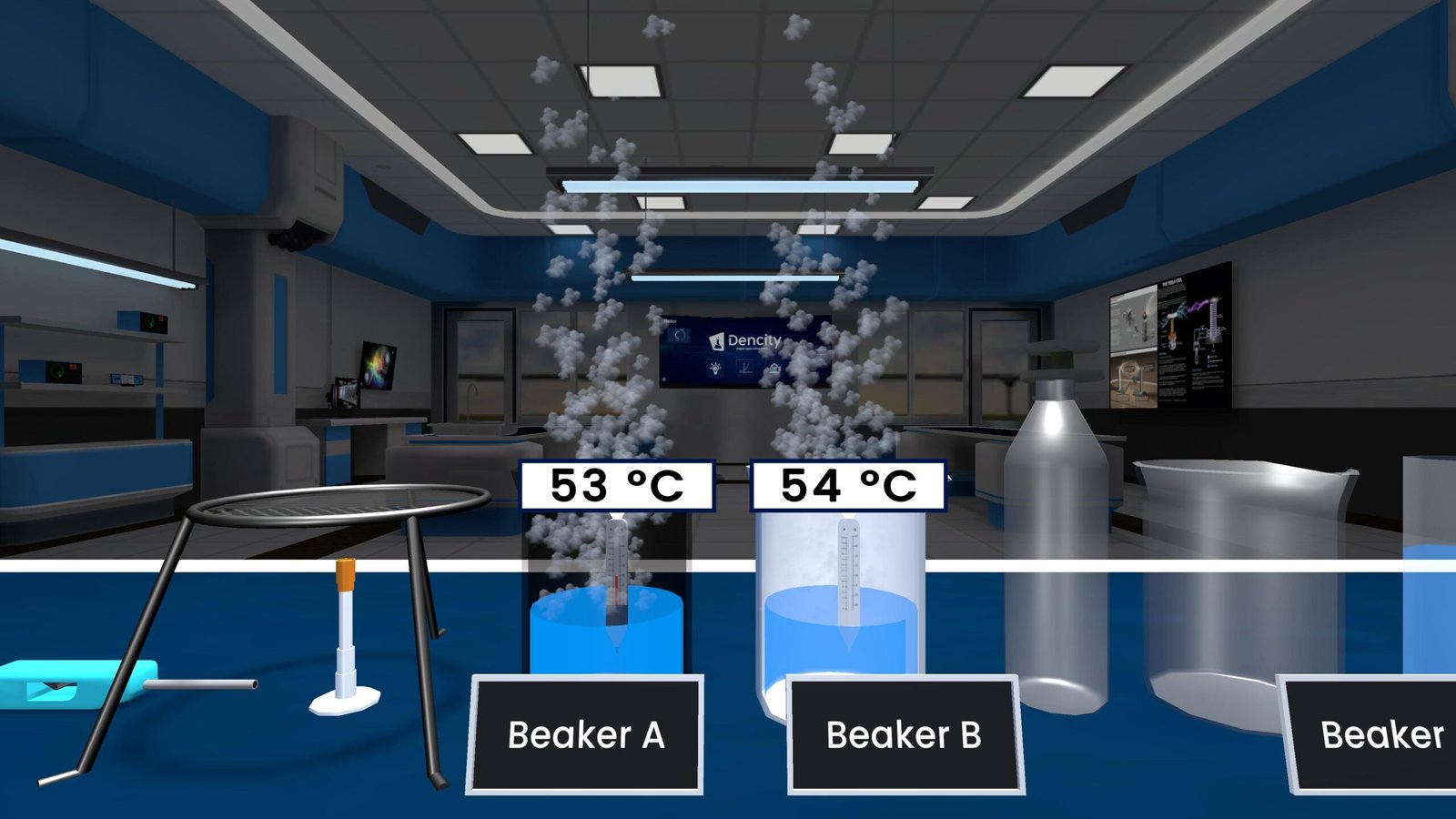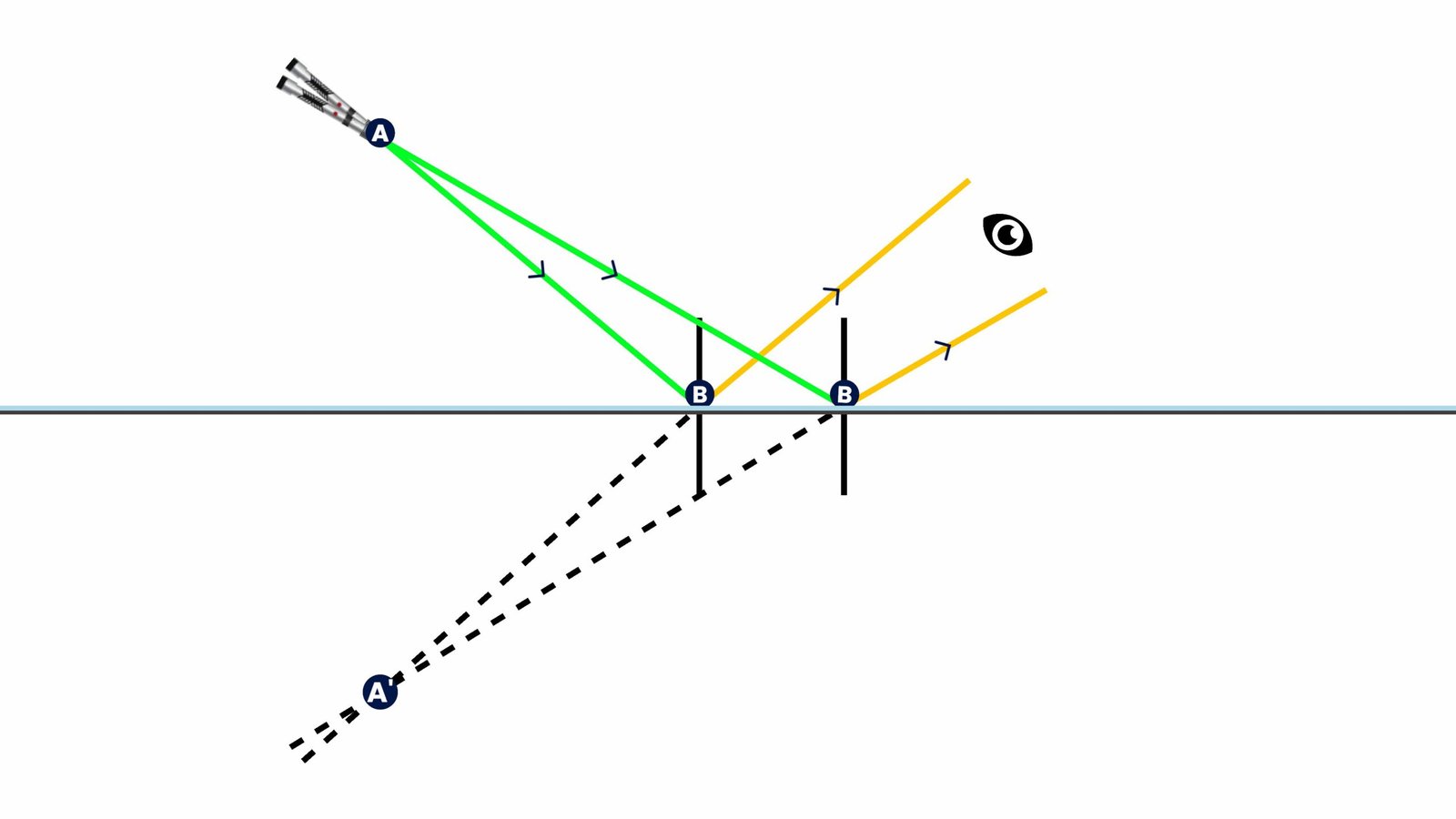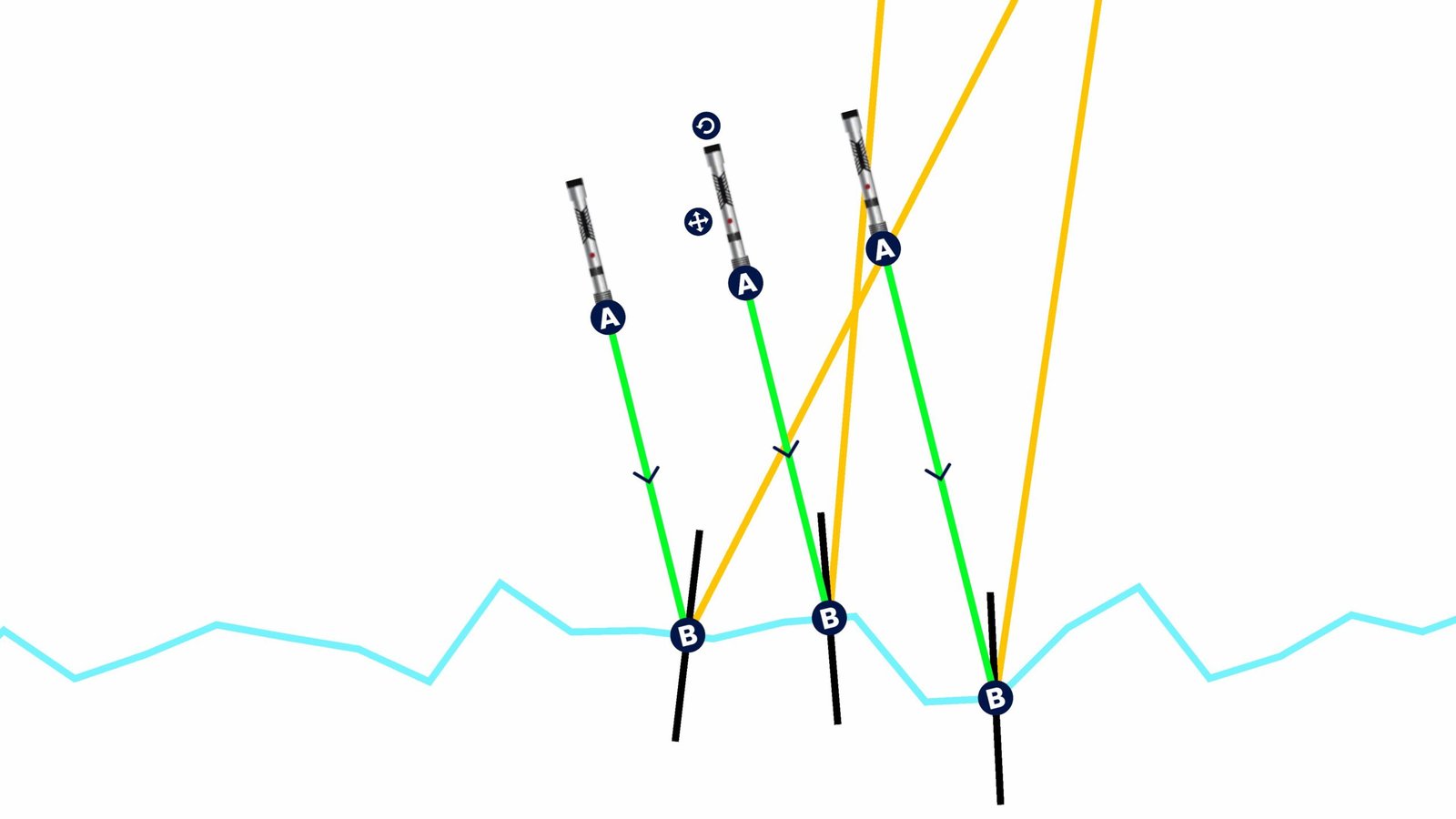Charge to Mass Ratio of Electron Experiment
The charge to mass ratio (e/m) of an electron is a fundamental property that tells us how much electric charge an electron carries per unit of its mass. This value is important because it helps us understand the behavior of electrons in electric and magnetic fields, which forms the foundation of many electronic devices and scientific discoveries.
Understanding the Concept
Electrons are tiny particles that carry a negative electric charge. Although they are incredibly small, their charge is significant. The ratio of this charge to their mass helps scientists determine how electrons move in different fields, especially when placed inside devices like cathode ray tubes.
In this experiment, electrons are emitted from a cathode and accelerated through a known potential difference. They then enter a magnetic field created by a set of circular coils. Due to the magnetic field, these moving electrons follow a circular path. By measuring the radius of this path and knowing the magnetic field strength and accelerating voltage, we can calculate the e/m ratio.
Theory Behind the Experiment
The force on an electron in a magnetic field is given by:
F = evB
Where:
-
e is the charge of the electron
-
v is the velocity of the electron
-
B is the magnetic field strength
This force causes the electron to move in a circular path, and is equal to the centripetal force:
F = mv²/r
Where:
-
m is the mass of the electron
-
r is the radius of the circular path
By equating both expressions:
evB = mv²/r
From this, we get:
e/m = v/(Br)
The velocity v of the electron can also be calculated from the accelerating voltage V using energy conservation:
(1/2)mv² = eV
So, v = sqrt(2eV/m)
Substituting into the equation for e/m:
e/m = 2V/(B²r²)
By measuring V, B, and r, we can calculate the charge to mass ratio of the electron.
This experiment is from Class 12 Science, and it plays a crucial role in understanding the basic principles of electromagnetism and particle physics.
Performing the Experiment with Dencity
Using the Dencity app, students can perform the Charge to Mass Ratio of Electron Experiment virtually with complete safety and accuracy. In Dencity’s virtual science lab, students can:
-
Change the voltage and magnetic field strength
-
Observe how electrons curve in the magnetic field
-
Calculate the radius of the path
-
Get real-time calculations and step-by-step solutions
-
Learn with interactive simulations that make the concept easy to understand
This means students can grasp this complex topic without needing any physical equipment—ideal for home learning or schools without access to expensive lab tools.
Dencity for Teachers
With Dencity’s interactive teaching tools, teachers can:
-
Create virtual classrooms
-
Assign control of experiments to students
-
Monitor progress through automatic reports
-
Use live demos to explain difficult concepts
-
Enable interactive learning through simulations and instant feedback
Dencity makes science lessons more engaging and ensures students understand both theory and application.
Optimized for Interactive Panels
Dencity works seamlessly on interactive touch panels, letting both teachers and students manipulate experiments with simple gestures. This improves classroom engagement and allows for collective learning in a smart and modern way.
Contact Us
Are you a school or institution? Contact us for customized pricing or to schedule a demo session. Discover how Dencity can bring a revolution in your science classrooms.
Frequently Asked Questions (FAQs)
-
What does the charge to mass ratio of an electron mean?
It represents how much electric charge an electron has for each unit of its mass. -
Why is this ratio important?
It helps in understanding how electrons behave in electric and magnetic fields. -
What is the typical value of e/m for an electron?
Approximately 1.76 × 10¹¹ C/kg. -
Can I perform this experiment without real lab equipment?
Yes! The Dencity app lets you perform it virtually with accurate results. -
Is the Dencity app safe for children?
Absolutely. It provides a risk-free environment for students to learn. -
Does this experiment require advanced math?
It uses basic algebra and physics concepts from Class 12 Science. -
Can teachers track student progress in Dencity?
Yes, teachers get automated reports and performance analytics. -
Is Dencity available for mobile and desktop?
Yes, it’s available on Android, iOS, and desktop platforms. -
What subjects does Dencity cover?
Primarily science experiments in physics across class 9 to 12. -
How can I try Dencity for my school?
Contact us for a demo or custom pricing plan. We’re happy to help.







